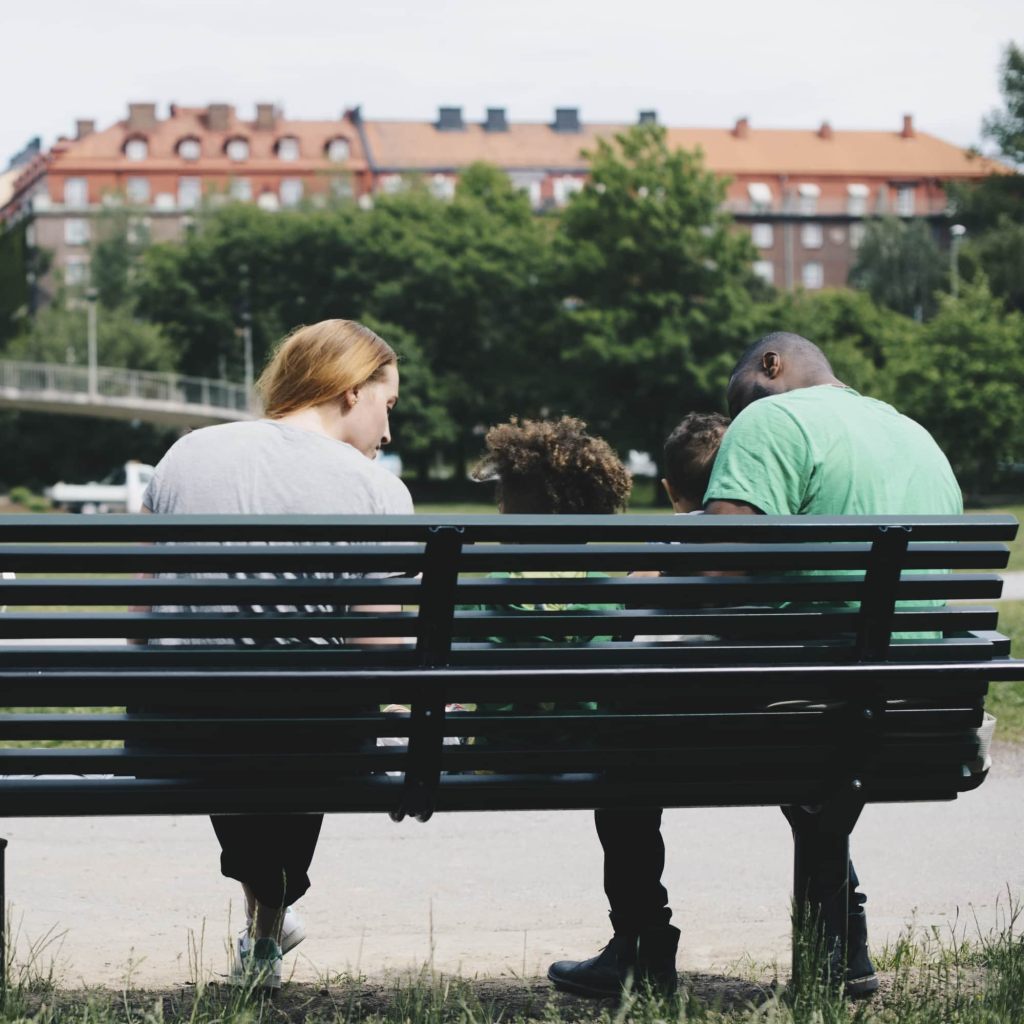Growing up in my predominantly white town, I wasn’t raised to see color. Most of us weren’t. We were taught to treat and love everyone the same, which sounds good in theory. What could be wrong with that? It seemed nothing, until we actually encountered a person of color, and we did everything in our power to avoid any discussions remotely revolving around that person’s actual race. It took conversations on race completely off the table. If any hint of it started to creep up, our faces would start to sweat, and we would shift awkwardly from side to side and literally do anything to change the conversation back to something more “safe.” In fact, we were so uncomfortable with the concept of color that our voices would drop to a whisper, and our eyes would dart around when we had to describe someone who was Black. “Umm . . . you know, he’s [lowers voice] Black.” It’s almost as if Black was a forbidden word instead of a beautiful and proud word to simply describe someone.
Then, I met my husband who is a Black man, and I learned that I had to see color. I had to see color for his safety, for his well-being, and because being Black is his identity and part of who he is. I especially had to see color for any future children we would have since, after all, they would be a mixed-race child and would eventually start to ask questions like any curious child does. “Why is Mommy’s skin not the same as Daddy’s? Most of my friends’ Mommies and Daddies all look the same. Why don’t we?” I had to learn, and I had to learn fast.
In early 2019, we had our first child, a son, and by then I had put in work to be actively antiracist. I read books, visited museums, watched documentaries, and had numerous conversations with my husband about his experiences being Black in America. I felt like I was ready to raise a mixed-race child.
Related: What I Wish People Knew About Our Family, Beyond What We Look Like
But then May 2020 happened and protests exploded all over the country. I was angry. I was sad. I was fearful for what my son’s future would look like. I was a mama bear ready to fight anyone who wanted to challenge Black Lives Matter and the need for reform in this country. However, I had to take a step back and ask myself, “Would I be this far along in my antiracism journey if I hadn’t met my husband?” I don’t know the answer to that, but either way, I was determined to do my best to research, read, and educate people on how to raise their children to see color in a positive and informative manner.
From a young age, children can recognize the skin color of people and even start to develop racial bias; therefore, psychologist Beverly Daniel Tatum, PhD, author of Why Are All the Black Kids Sitting Together in the Cafeteria, recommended teaching children about race as early as 3 years old. She suggested pointing out and talking about the different skin colors your children see in person or in the media and why they are that way. “Daddy’s skin is darker than Mommy’s because he has more of something called melanin. Melanin makes your skin darker. Some people have more of it than other people.”
Once young children start to learn about skin color, they are going to want to point it out, and sometimes this might happen in public. Let this happen. By shushing your children when they see and point out a Black person in public, you are teaching them that being Black is something they shouldn’t talk about and, therefore, essentially bad. Teach them that all skin colors are beautiful and that it is okay to celebrate and point it out. Buy diverse books, toys, and dolls; watch TV shows that have representation of people of color; and do your best to expose children to friends, teachers, doctors, and hairstylists who don’t all look alike to reinforce that color does matter.
Eventually, children might start asking questions about white people and their treatment toward Black people. Let these conversations happen, but point out that, while white people have been responsible for harming Black people and other communities of color, many have also joined in and still are joining in to fight against slavery, racism, and discrimination. Lastly, recognize and understand that as your mixed-race children, adopted Black children, and Black friends of your white children grow older, they might one day go through what Dr. Tatum calls an “awakening” where they might feel more of a connection to their Black family or peers, thus desiring to socialize with this group more. As parents, be supportive and encouraging in your child’s or child’s friends’ exploration into Black culture.
Educating children on how not to be colorblind takes work and opens you up to many uncomfortable and intense conversations. But the investment is worth it. You will raise your children to see all the beauty this world has to offer.

